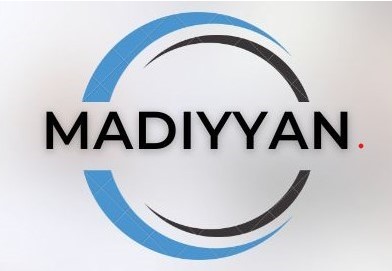Table of contents
(Financial Struggles) Why Middle-Class Faces Challenges?
One of the most common problems faced by middle-class people today is financial insecurity. The middle class, comprising individuals and families with moderate incomes, often find themselves grappling with various financial challenges that impact their stability and prospects.

One significant issue is the stagnant or slow growth of income. While the cost of living continues to rise, middle-class wages often struggle to keep pace with inflation. This leads to a widening gap between income and expenses, making it harder for middle-class individuals to save, invest, and plan for the future. Another common problem is the burden of debt. Middle-class families often rely on loans and credit to meet their immediate needs or fulfill aspirations such as homeownership, education, or healthcare. However, managing debt and interest payments can become overwhelming, leaving little room for savings and creating financial stress.
The rising costs of education and healthcare pose additional challenges. Middle-class families strive to provide quality education for their children, but the increasing tuition fees and associated expenses can strain their finances. Similarly, healthcare costs, including insurance premiums and medical treatments, can be a significant burden, especially in the absence of comprehensive coverage.

